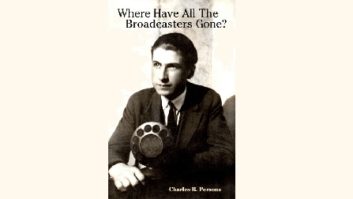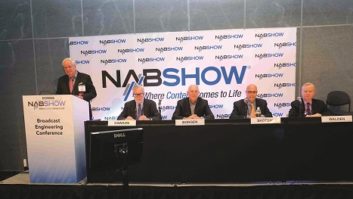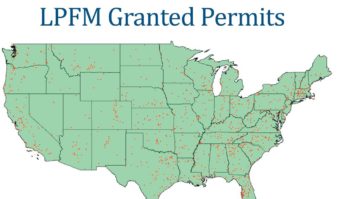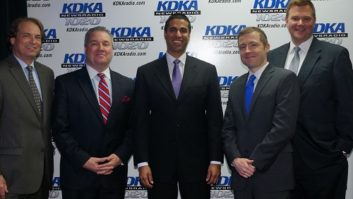Many of us small AM owners were amazed to see the NAB file with the FCC a Petition for Rulemaking, RM-11338, to allow AM stations to use FM translators (RW, Sept. 27). The NAB has strongly opposed previous attempts at rulemaking that would allow even a few standalone AM stations to use FM translators where low or no night power leaves the AM at a serious disadvantage. But now the trade organization says that interference has increased so much in the past few years that it is time to take another look at FM translators and allow AM stations to use them for “fill in” service.
While I have never agreed with the logic displayed by the FCC in refusing to allow widespread use of FM translators by daytime AM stations while at the same time allowing mega religious operations to set up nationwide translator networks, it still came as a surprise that of all organizations, the NAB would be in the corner of the AM stations on this issue. Could it be that they are doing the right thing but for a more cloudy reason?
Everybody rides
The petition does not exclude any AM station from qualifying for a translator as long as the 60 dBu contour of the translator does not extend beyond the 2 mV/m contour of the AM station or 25 miles from the AM transmitter, whichever is less. Do you realize a mid-band 50 kW station on average soil puts out a 40 mV/m signal at 25 miles? At this power level, noise and night problems should be no serious issue.
But the NAB does not exclude full-time 50 kW stations from the proposal. The 2 mV/m day contour of a typical kilowatt station represents a more realistic guide for local service and to that end, the NAB proposal is good. But the “facts in support” of the NAB petition seem disingenuous.
The NAB says that interference has become more severe in recent years, and that it’s now serious enough to keep stations from serving their communities at night. That is true but let’s be straight here, rising night interference levels have meant nothing to AM stations that are daytimers only, since they radiated nothing at night.
Did the NAB take a position in past objections that daytimers should get FM translators to allow night community service? No. So why now are they asking for all AM stations to get relief?
Smelling a rodent
While I do not have any spies at the NAB or a crystal ball, it seems the move to put thousands of AM stations on FM translators could be a reaction to the plain fact that HD-R may never be approved for night operation in hybrid mode.
The NAB may figure that if they get enough AM stations on FM, the hybrid night problem will go away and we can all be happy FM campers until the day AM HD-R is 100 percent digital and analog bites the dust.
Follow the money
I have read business news articles that suggest that Ibiquity Digital is stretching the investor model to the limit and may be close to the “make it or fold it” mark. Typical investor return models call for a five-to-seven-year plan. Original investments in AM FM digital schemes (USA Digital Radio and Lucent Digital Radio) are now 20 years old.
More than $100 million is on the line here. Analysts say Ibiquity has now received the last of its venture capital and the funding is being used to push marketing and sales rather than more technical advancement.
The NAB rulemaking proposal may be a way to get HD-R past this last major and possibly fatal hurdle. But as a 1 kW daytimer, I won’t look a gift horse in the mouth.
I filed comments supporting the NAB proposal with the caveat that only stations really needing the relief get it. Those would be: daytimers with no night power, followed by stations with only unprotected post sunset authority and then Class D stations on the sorry six (local) frequencies.
Even if the FCC only adopted the proposal in part, and allowed only AM daytimers to have FM translators, it would be the biggest news in the industry since the introduction of solid-state transmitters. It would mean the FCC finally putting some muscle to all the lip service of the past ten years on AM improvement.
The comment period ended Aug. 24, 2006. Does the measure have a chance given the NAB backing? Even if there is an ulterior motive? Only time will tell. But as a local minister once told me: “Son, I’ll take money from the Devil to do God’s work.”
Amen!
Radio World welcomes other points of view.











